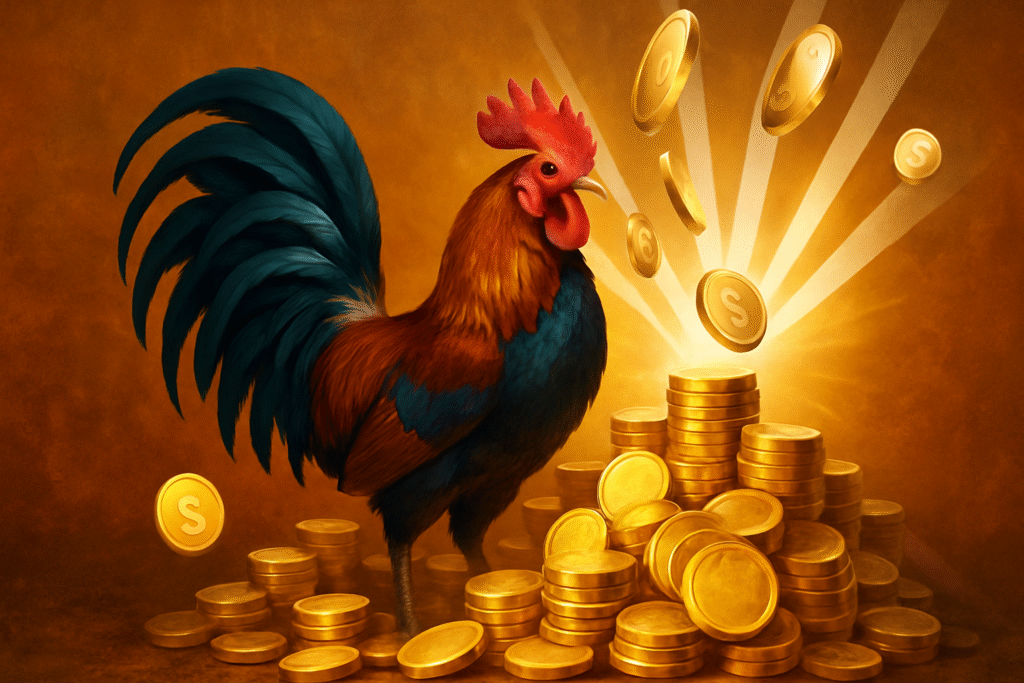
Success in cockfighting depends heavily on choosing the right breed of rooster. Each breed has distinct traits including strength agility stamina and fighting style. When viewers watch matches on đá gà tv they can see how breed characteristics influence outcomes in fast and dynamic ways.
One of the most popular breeds in competitive circles is the Shamo. Known for its upright posture and muscular build this Japanese breed excels in close-combat situations. It often overpowers opponents with sheer strength and unyielding resilience. On platforms like https://dagatructiep247.tv/ fans appreciate the Shamo’s bold approach and ability to absorb damage.
Another admired breed is the Asil from India. These birds are intelligent strategic and tough. They may not always be the fastest but their calculated fighting style and thick bone structure make them formidable in extended matches. Their training often focuses on stamina control and timing.
The Thai breed commonly known as Kai Chon is popular in Southeast Asia. These roosters are quick and aggressive using swift movements to land rapid strikes. Their lean bodies make them perfect for matches where speed and unpredictability are key. Their style of fight is flashy and exciting which makes them favorites in many live-streamed events.
American Gamefowl is another top contender. These birds are often hybrids bred specifically for stamina strength and aggression. They represent a balance of traits and are used by trainers who want well-rounded fighters. With careful conditioning they can dominate both short and long matches.
When selecting a breed trainers consider not only genetics but also adaptability to climate training methods and match formats. For example a bird that performs well in hot environments may struggle in cooler temperatures. Likewise some breeds thrive in sandy arenas while others need solid surfaces to move efficiently.
Trainers also look at temperament. Some birds are naturally aggressive while others require motivation or conditioning to show their fighting spirit. A balanced mix of natural talent and disciplined training often produces the most successful competitors.
In conclusion breed selection is more than just tradition. It is a strategic decision that shapes training routines match plans and the likelihood of victory. Understanding each breed’s strengths and weaknesses helps both trainers and fans appreciate the depth of the sport.